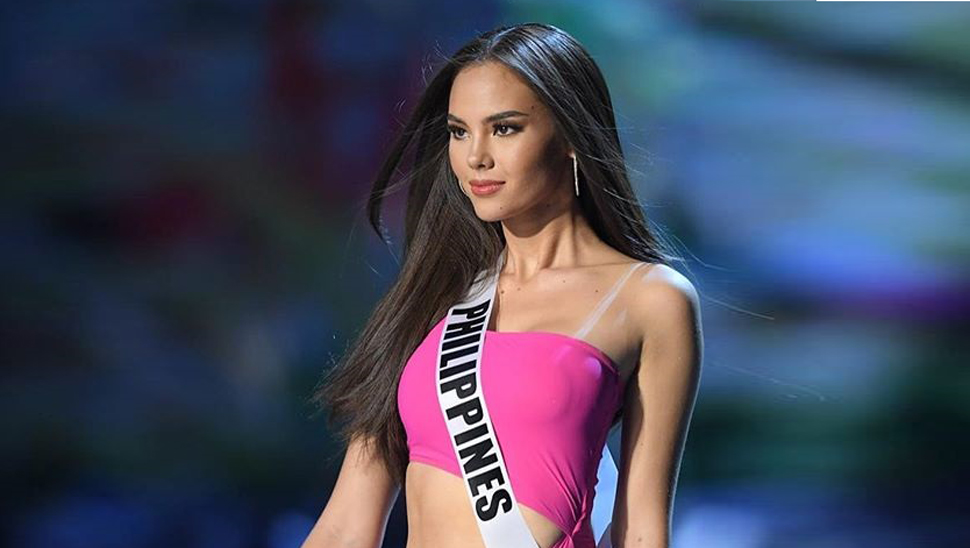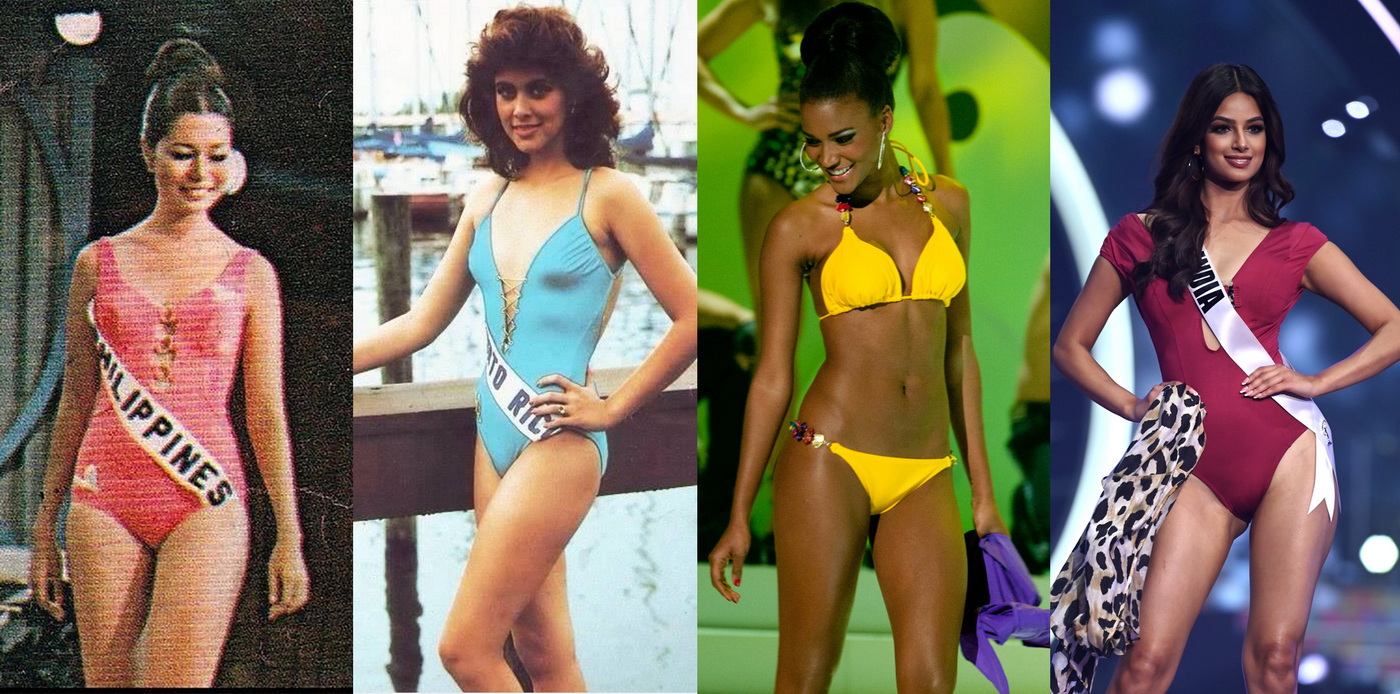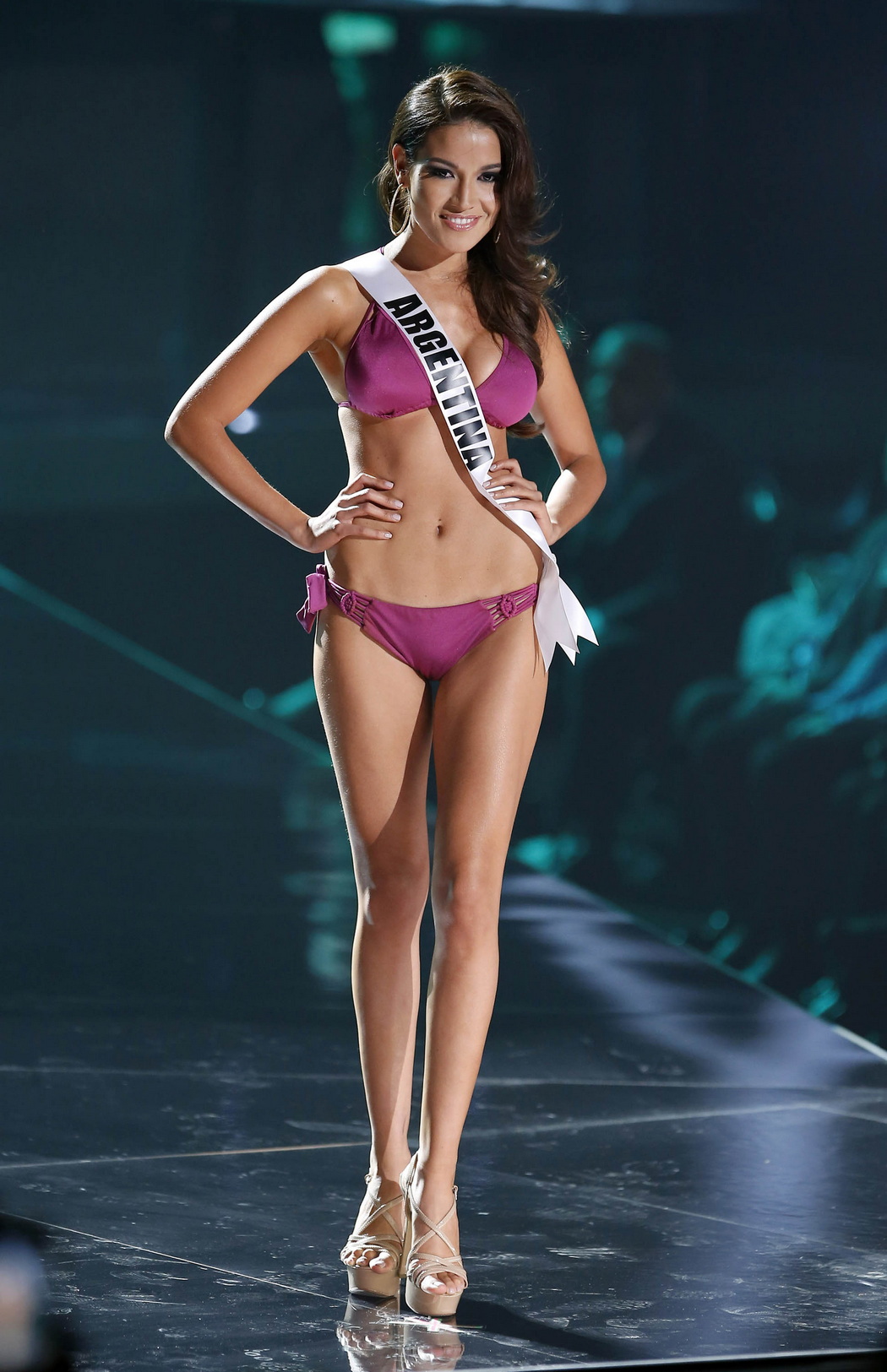Content Menu
● A Glimpse into History
● The Evolution of Swimwear
● The Rationale Behind the Swimsuit Competition
● Controversies and Criticisms
● Attempts at Rebranding
● The Global Debate
● The Cultural Perspective
● The Future of the Swimsuit Competition
● Conclusion
The glitz, the glamour, and the global spotlight – the Miss Universe pageant has long been a pinnacle of beauty competitions worldwide. Among its many facets, one element has consistently stirred debate and fascination: the swimsuit competition. This article delves into the history, controversies, and evolving perspectives surrounding this iconic yet contentious segment of the Miss Universe pageant.

A Glimpse into History
The Miss Universe pageant, established in the early 1950s, quickly became a global phenomenon, captivating audiences with its celebration of beauty, culture, and international goodwill. From its inception, the swimsuit competition has been an integral part of the pageant, rooted in the mid-20th century's societal norms and beauty standards.
In the post-World War II era, beauty pageants gained immense popularity, reflecting the changing social dynamics and the burgeoning consumer culture. The swimsuit segment, in particular, was seen as a way to showcase the physical fitness and poise of contestants. It was a time when the ideal of the "beach body" was gaining traction in popular culture, influenced by Hollywood stars and the growing accessibility of beach holidays.
The Evolution of Swimwear
As the pageant evolved over the decades, so did the styles of swimwear featured in the competition. From the modest one-pieces of the 1950s to the more revealing bikinis of later years, the swimsuit segment has mirrored changing fashion trends and societal attitudes towards the female body.

In the early years, contestants often wore conservative one-piece suits, reflecting the more modest fashion sensibilities of the time. As the decades progressed, hemlines rose, and cuts became more daring. The 1960s and 1970s saw the introduction of two-piece swimsuits, though still relatively modest by today's standards. By the 1980s and 1990s, bikinis had become the norm, pushing the boundaries of what was considered acceptable in mainstream pageantry.
This evolution wasn't just about fashion; it reflected broader societal changes in attitudes towards women's bodies and sexuality. The increasingly revealing nature of the swimsuits paralleled the sexual revolution and the growing emphasis on fitness and body consciousness in popular culture.
The Rationale Behind the Swimsuit Competition
Proponents of the swimsuit competition have long argued that it serves several purposes within the context of the pageant. Firstly, it's seen as a way to assess the physical fitness and overall health of the contestants. In a competition that traditionally emphasized physical beauty as one of its core criteria, the swimsuit segment provided a clear view of the contestants' physiques.
Secondly, the swimsuit competition has been defended as a test of confidence and poise. Walking on stage in revealing attire before a global audience requires a level of self-assurance that many argue is essential for a Miss Universe titleholder. Supporters contend that this segment helps identify contestants who can maintain grace and composure under pressure – qualities deemed necessary for the role of Miss Universe.
Moreover, the swimsuit competition has been a significant draw for audiences and sponsors alike. The visual appeal of contestants in swimwear has undeniably contributed to the pageant's popularity and commercial success over the years. This aspect has made the segment a staple of beauty pageants, despite ongoing controversies.
Controversies and Criticisms
Despite its longevity, the swimsuit competition has not been without its critics. Over the years, it has faced increasing scrutiny and opposition from various quarters, including feminist groups, body positivity advocates, and even some former contestants and pageant organizers.
One of the primary criticisms is that the swimsuit segment objectifies women, reducing them to their physical appearance and perpetuating unrealistic beauty standards. Critics argue that focusing on contestants' bodies in revealing swimwear undermines the pageant's claims of empowering women and celebrating diverse forms of beauty.
There have also been concerns about the pressure placed on contestants to maintain certain body types to be competitive in this segment. This pressure can lead to unhealthy practices and reinforce narrow definitions of beauty that exclude many women.
Furthermore, some argue that the swimsuit competition is outdated in an era where women's empowerment is increasingly focused on intellectual and professional achievements rather than physical appearance. They contend that a pageant purporting to crown a global ambassador should place more emphasis on contestants' intelligence, leadership skills, and ability to effect positive change.
The cultural sensitivity aspect has also been a point of contention. What is considered appropriate swimwear varies greatly across cultures, and the swimsuit competition has sometimes been at odds with the cultural norms of contestants' home countries. This has led to uncomfortable situations for some participants and raised questions about the segment's relevance in a truly global competition.
Attempts at Rebranding
In response to these criticisms, the Miss Universe organization has made several attempts over the years to rebrand and reframe the swimsuit competition. In the early 2000s, the segment was renamed the "Lifestyle and Fitness" category, ostensibly shifting the focus from mere appearance to overall health and wellness.
This rebranding effort aimed to present the swimsuit segment as a showcase of the contestants' dedication to fitness and healthy living rather than just a display of physical beauty. However, critics argued that this was merely a cosmetic change that did little to address the fundamental issues surrounding the competition.
The Global Debate
The debate over the swimsuit competition in Miss Universe reflects broader societal discussions about beauty standards, women's empowerment, and the role of traditional pageants in the modern world. It has sparked conversations in various countries, with some national pageants choosing to eliminate or modify their swimsuit segments.
For instance, the Miss America pageant, a separate competition from Miss Universe, made headlines in 2018 when it announced the elimination of its swimsuit competition. This move was part of a larger rebranding effort to focus more on contestants' achievements and less on physical appearance. While Miss Universe has not followed suit, the decision by Miss America intensified the global debate about the relevance and appropriateness of swimsuit competitions in beauty pageants.
The Cultural Perspective
It's important to note that attitudes towards the swimsuit competition vary significantly across different cultures and regions. In some countries, the segment is viewed as a celebration of health and fitness, while in others, it's seen as inappropriate or contradictory to local values.
This cultural divide has led to interesting developments in how different countries approach the swimsuit segment. Some national pageants have opted for more conservative swimwear or even eliminated the segment altogether in their local competitions. However, contestants from these countries often still participate in the swimsuit segment at the international Miss Universe event, highlighting the complex interplay between global pageant standards and local cultural norms.
The Future of the Swimsuit Competition
As societal attitudes continue to evolve, the future of the swimsuit competition in Miss Universe remains a topic of speculation and debate. While the organization has shown resilience in maintaining this traditional segment, it faces increasing pressure to adapt to changing perceptions of beauty and women's empowerment.
Some argue for a complete elimination of the swimsuit competition, suggesting that the pageant should focus entirely on contestants' intelligence, talent, and ability to serve as global ambassadors. Others propose modifications, such as allowing contestants to choose their own attire that reflects their personal style and cultural background.
There are also calls for a more inclusive approach to the segment, embracing a wider range of body types and redefining what constitutes beauty and fitness. This could involve showcasing diverse forms of physical activity and wellness rather than adhering to a single standard of beauty.

Conclusion
The swimsuit competition in Miss Universe is more than just a segment of a beauty pageant; it's a mirror reflecting changing societal norms, cultural values, and perceptions of women's roles and beauty. Its presence has been both celebrated and criticized, serving as a lightning rod for discussions about objectification, empowerment, and the very purpose of beauty pageants in the 21st century.
As Miss Universe continues to evolve, the fate of the swimsuit competition remains uncertain. What is clear, however, is that any decision regarding this iconic yet controversial segment will have far-reaching implications, not just for the pageant itself, but for broader conversations about beauty, body image, and women's representation in the media.
Whether the swimsuit competition endures, transforms, or fades into pageant history, its impact on popular culture and its role in shaping discussions about beauty and empowerment are undeniable. As society continues to grapple with these complex issues, the swimsuit saga of Miss Universe will likely remain a fascinating case study in the intersection of tradition, cultural values, and evolving social norms.
In the end, the question of why there is a swimsuit competition in Miss Universe opens up a much larger dialogue about how we define beauty, success, and the role of women in society. As this dialogue continues, it will be interesting to see how Miss Universe and other beauty pageants adapt to reflect the changing values and expectations of a global audience in an increasingly diverse and socially conscious world.


































































